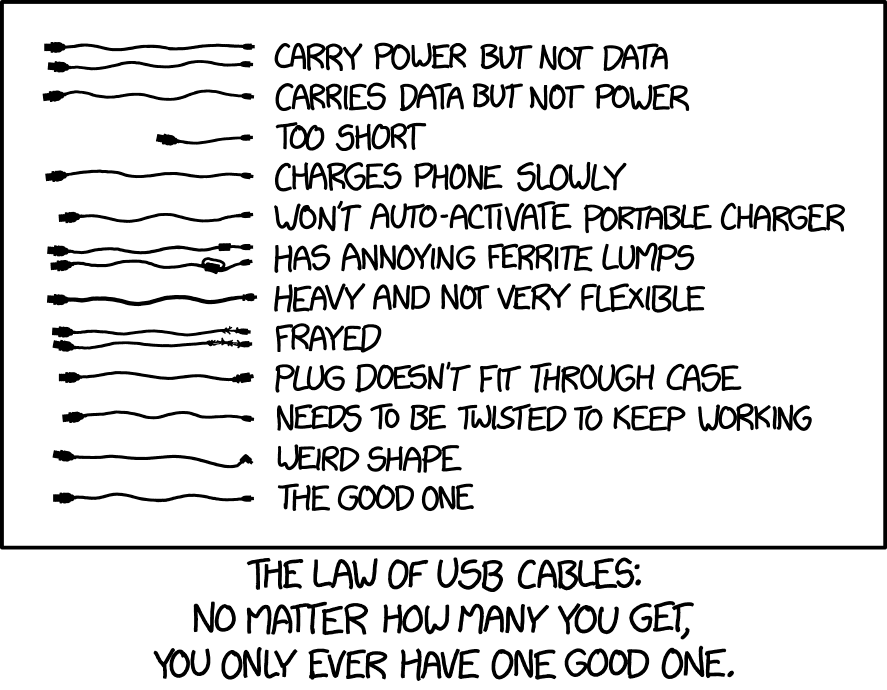Beware of USB Power-Only Cables
If you’re anything like me, you’ve got a boatload of extra USB cables lying around somewhere in your house, probably hidden amongst a rat’s nest of miscellaneous other cables that you’ve collected over the years.
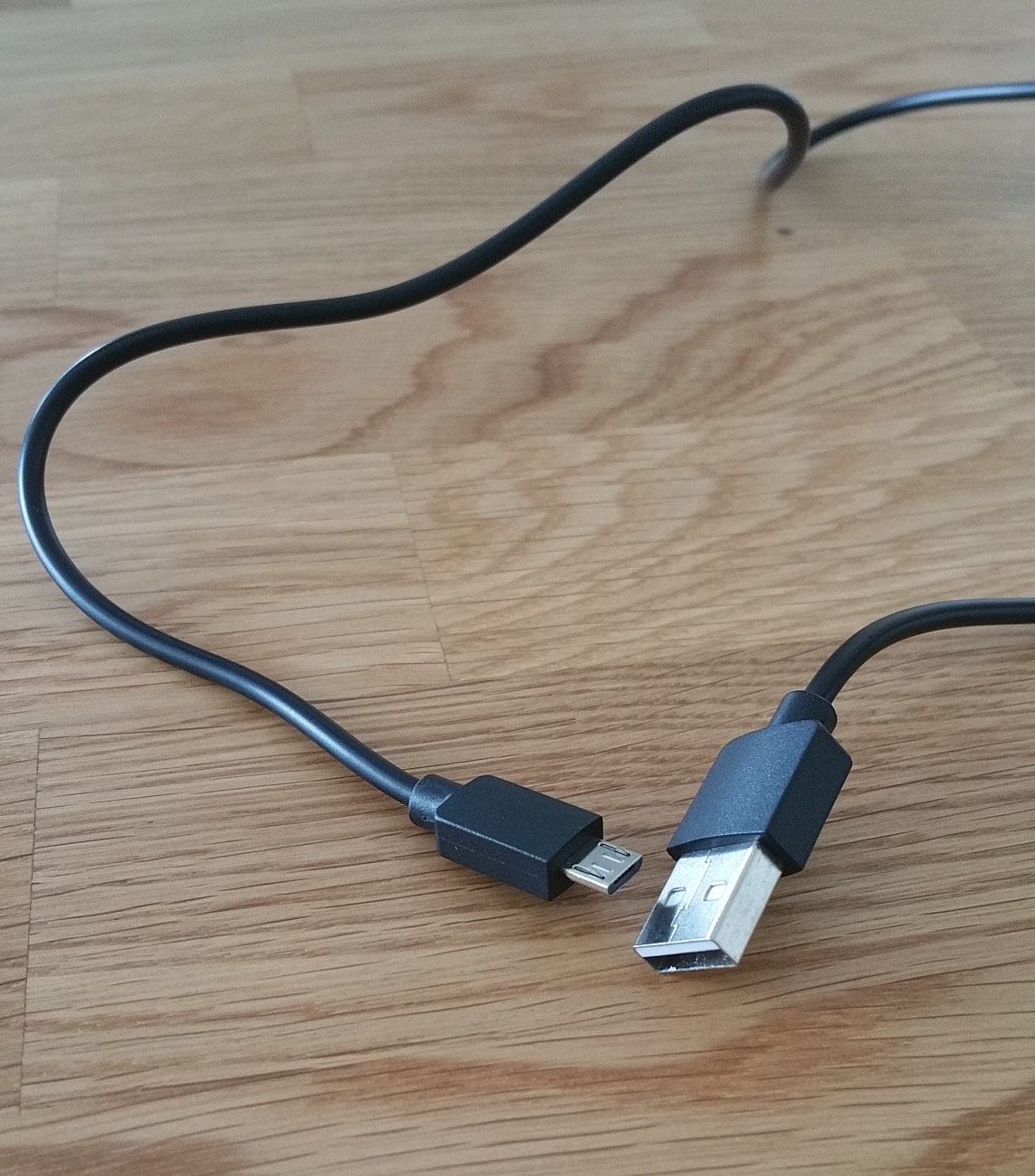
They’re all the same, right?
USB cables come packaged with all kinds of products. I’ve got a lot of these micro USB cables.
You might be inclined to think all USB micro cables are the same. Same connectors, same cable, right? Unfortunately, this is not the case. There are some cables that are “power-only” - they contain no data wires, only power and ground wires. They are not technically USB compliant cables, nor are they allowed to carry the USB logo. However, they exist. And it is almost impossible to visually tell them apart from fully compliant USB cables.
I have lost countless hours troubleshooting issues that were ultimately caused by using power-only cables. And in fact, the cable itself is often one of the first things I suspect. However, I will typically only test with one other cable. If both cables exhibit the same behavior, it’s probably not the cable (or so I think). However, today I got unlucky, because it so happened that the second cable I tested was also power-only. I proceeded to spend hours debugging what I thought to be driver issues until I finally broke down and tried a third USB cable that finally worked. This has happened to me on more than one occassion. I’ve even tossed out hardware and cables that I’ve deemed “bad” as a result of these troubleshooting sessions.
Why would anyone want a power-only cable?
As far as I know, there are two reasons you might want to use a power-only cable. The first is security. If you need to charge your phone in a public area like an airport, it might not be a great idea to willy-nilly plug your phone into any old USB port. If you have a cable without data, then there’s much less risk. Alternatively, you could use a so-called “USB condom” to prevent “juice jacking”. There are some that would advocate USB should be power-only by default.
The second reason to have a cable like this is to provide “dumb” power to downstream devices with a fixed maximum current, such as 100 mA for low power devices. By contrast, there are also “smart” charging devices, where the max current is negotiated during the USB enumeration sequence, but this requires data (D+ and D-). This page is an excellent resource to learn more about how USB charging works: The Basics of USB Battery Charging.
How can you tell them apart?
Is there any way to visually determine which cables are power-only? Well, kind of. Some cables have markings that will at least provide clues.
USB Logo: Has Data
If you see the USB logo on the connector, it’s a good bet that the cable has data.
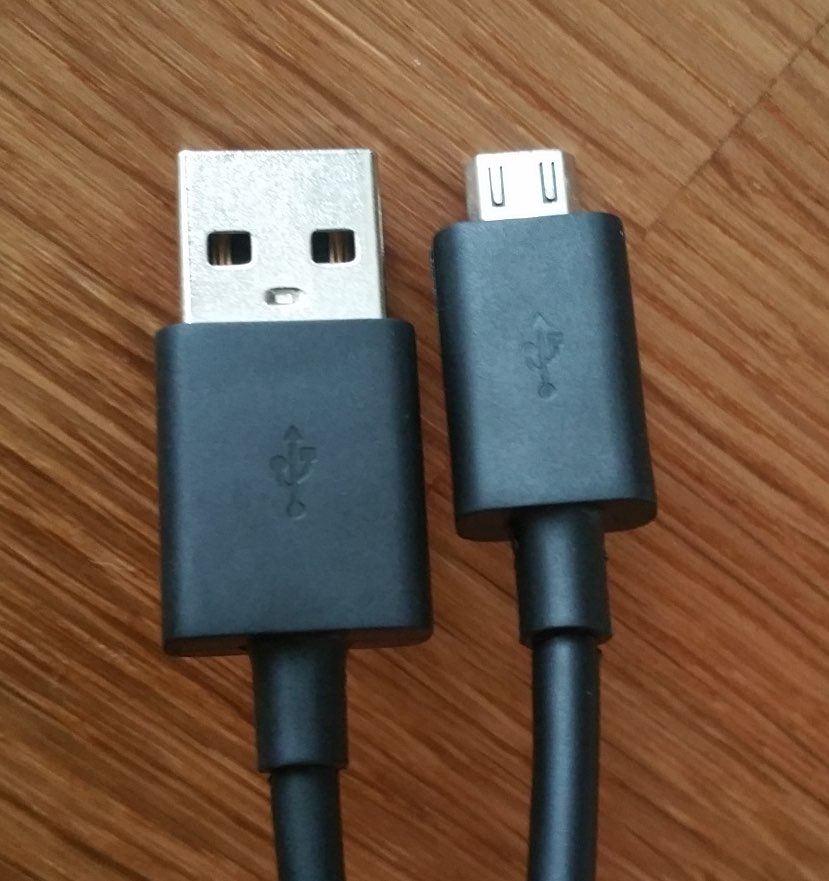
Lightning Bolt: No Data
If you see a lightning bolt, it’s probably power-only.
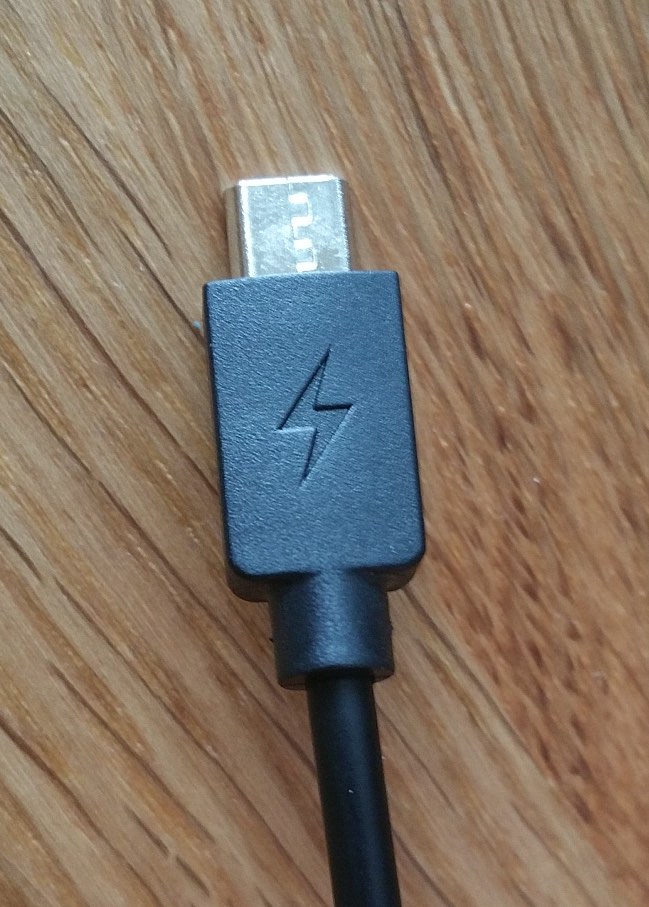
“High Speed Data”: Probably Has Data
If you see these barely-legible “High Speed Data” markings on the cable, it probably has data:
If you don’t see any of these markings, then all bets are off.
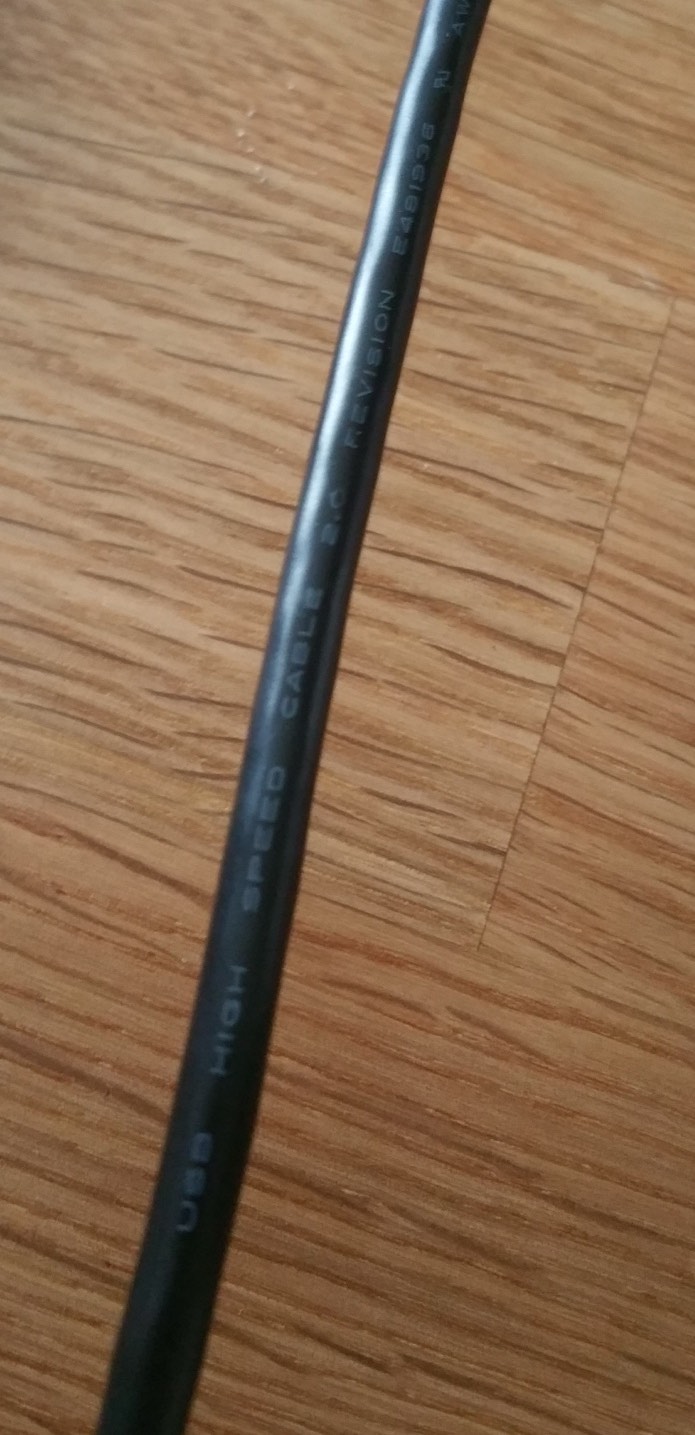
Measure To Be Sure
If you have access to a multimeter, then performing a connectivity test is the sure-fire way to know if a cable is power-only or not. Probe the D+ line at both ends of the cable (wikipedia has the pin diagrams), and if the multimeter shows low impedence (40 ohms or less), then your cable has data. Otherwise, it’s a power-only cable.
If you have power-only cables lying around your house, you should probably label them. It might even be a good idea to go a step further and throw them out. You could easily bulk order a bunch of good USB cables online, then throw away any cables that come packaged with electronics. This is likely what I will end up doing, so I can avoid these kinds of issues in the future.
As always, there’s a relevant xkcd post about USB cables.
